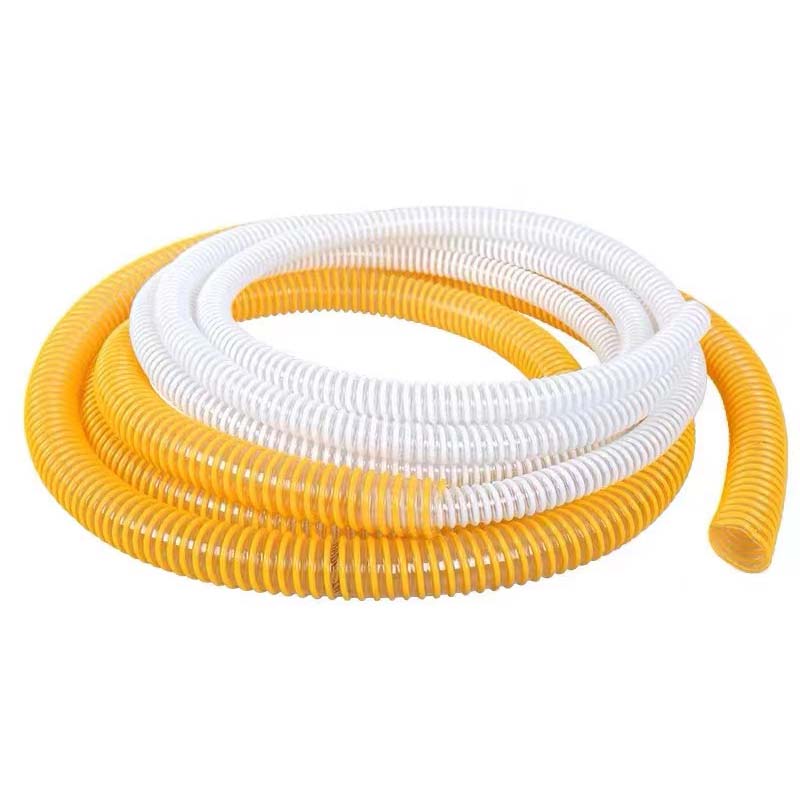lpg gas hose regulations
Understanding LPG Gas Hose Regulations A Comprehensive Overview
Liquefied Petroleum Gas (LPG) is widely utilized in various sectors, including residential heating, cooking, and industrial applications. Given its flammable nature, stringent regulations are in place to ensure the safe handling and transportation of LPG. Among the critical components in LPG systems are gas hoses, which link storage cylinders or tanks to appliances. The importance of adhering to LPG gas hose regulations cannot be overstated, as compliance helps prevent accidents, leaks, and disasters.
Safety Standards
LPG gas hoses must conform to safety standards that govern their design, materials, and performance. These regulations vary by country but generally align with international standards. For example, in the United States, the American Society for Testing and Materials (ASTM) provides specifications for hoses used with LPG. These standards outline requirements for pressure resistance, flexibility, temperature tolerance, and durability. In Europe, the European Committee for Standardization (CEN) has established EN standard specifications that ensure safety and harmony for gas hoses used across member states.
Material Specifications
The materials used in the manufacturing of LPG hoses play a significant role in ensuring safety. Typically, hoses are made from synthetic rubber or plastic that can withstand high pressures and resist degradation from exposure to LPG and other environmental factors. Reinforcement layers, often made from textile or steel, are incorporated to increase strength and prevent bursting under stress. Regulations may require rigorous testing of these materials to verify their integrity before being approved for use.
Installation and Maintenance Guidelines
lpg gas hose regulations

Proper installation and maintenance of LPG hoses are crucial for safety. Regulations dictate that hoses should be installed by qualified professionals who understand the requirements and implications of LPG systems. They must also be regularly inspected for wear, cracks, or leaks. Any identified issues must be addressed immediately to prevent potential hazards. Additionally, proper storage and handling of hoses are emphasized, including avoiding exposure to sharp objects, extreme temperatures, or corrosive substances.
Length and Connection Standards
The length of LPG hoses should be appropriate for the system's design to avoid excessive strain or potential kinking that could impede gas flow. Regulations often specify maximum lengths and recommend the use of connectors that minimize friction and potential leaks. Connections must also match the operational pressure to ensure a secure and effective seal.
Regulatory Compliance and Liability
Companies and individuals handling LPG gas hoses must understand their legal obligations concerning safety regulations. Non-compliance can lead to hefty fines, legal repercussions, and, more importantly, pose serious safety risks to both individuals and property. Regular training, certification for personnel, and proactive compliance with all relevant regulations are essential in fostering a safe working environment.
Conclusion
Understanding and adhering to LPG gas hose regulations is vital in mitigating risks associated with the use of flammable gas. From material specifications to installation and maintenance guidelines, each aspect plays a crucial role in ensuring the safety and efficiency of LPG systems. By prioritizing compliance and safety, we can minimize the risks and harness the benefits of LPG for various applications in a safe manner.
-
Welded Wire Mesh Panel: Durable, Versatile, and AffordableNewsJul.28,2025
-
Top Quality Oxy Acetylene Hoses for Sale Fit for Welding DemandsNewsJul.28,2025
-
The Future of Pneumatic Air Tubes in IndustryNewsJul.28,2025
-
Superior and Reliable LPG Hose Pipe Solutions for Every NeedNewsJul.28,2025
-
Exceptionally Durable and Versatile Premium Braided PVC TubingNewsJul.28,2025
-
Best Adapters for Connecting Garden Hose to PVC Pipe ConnectionsNewsJul.28,2025














